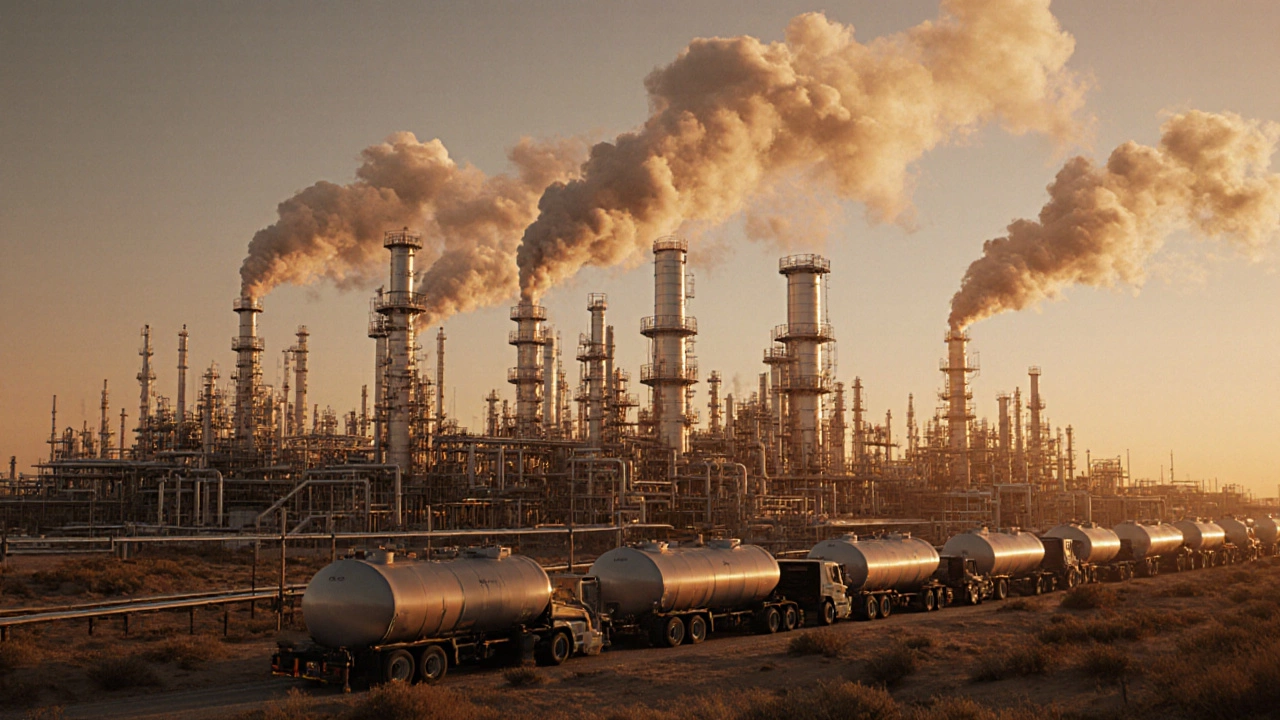Plastic Feedstocks: What They Are and How They Power India's Manufacturing Boom
When you think of plastic, you probably picture bottles, bags, or phone cases—but none of that exists without plastic feedstocks, the basic chemical compounds used to make synthetic polymers. Also known as raw materials for plastic, these are the starting point for everything from packaging to auto parts. Without them, the entire plastic manufacturing chain grinds to a halt.
These feedstocks mostly come from petroleum and natural gas—think ethylene, propylene, and benzene. In India, they’re produced in massive chemical hubs like Dahej and Jamnagar, where companies like Reliance turn crude into the building blocks of everyday products. These aren’t just chemicals; they’re the invisible foundation of India’s $150 billion plastic industry. And it’s not just about making more plastic—it’s about making the right kind. The shift toward recycled feedstocks and bio-based alternatives is already changing how manufacturers source their inputs.
Plastic feedstocks don’t exist in a vacuum. They’re tied directly to chemical manufacturing, the backbone of India’s industrial output, which saw a 12% growth in 2024. They also link to polymer production, the process that turns those feedstocks into usable plastics like HDPE, PVC, and PP. Every time a factory in Gujarat or Tamil Nadu runs a molding machine, it’s feeding on these raw materials. Even the rise of small-scale manufacturing in 2025—think phone cases, containers, or packaging—depends on affordable, reliable access to these feedstocks.
What’s interesting is how this connects to bigger trends. India’s new textile policy pushes for synthetic fibers made from petrochemicals. The food processing industry needs plastic packaging made from food-grade feedstocks. Even AI chip makers rely on plastic housings and insulation materials. It’s all connected. You can’t talk about India’s manufacturing growth without talking about where the plastic comes from—and that starts with feedstocks.
Below, you’ll find real posts that dig into the companies making these materials, the regions where they’re produced, and how manufacturers are adapting to new rules and costs. Whether you’re starting a small business or just trying to understand why plastic prices keep changing, these articles give you the facts—no fluff, no theory, just what’s happening on the ground.

Where Do the Raw Materials for Making Most Plastics Come From?
Most plastic comes from oil and natural gas, not trees or plants. Learn where the raw materials for plastic are sourced, how they're turned into everyday items, and why recycling isn't fixing the problem.
